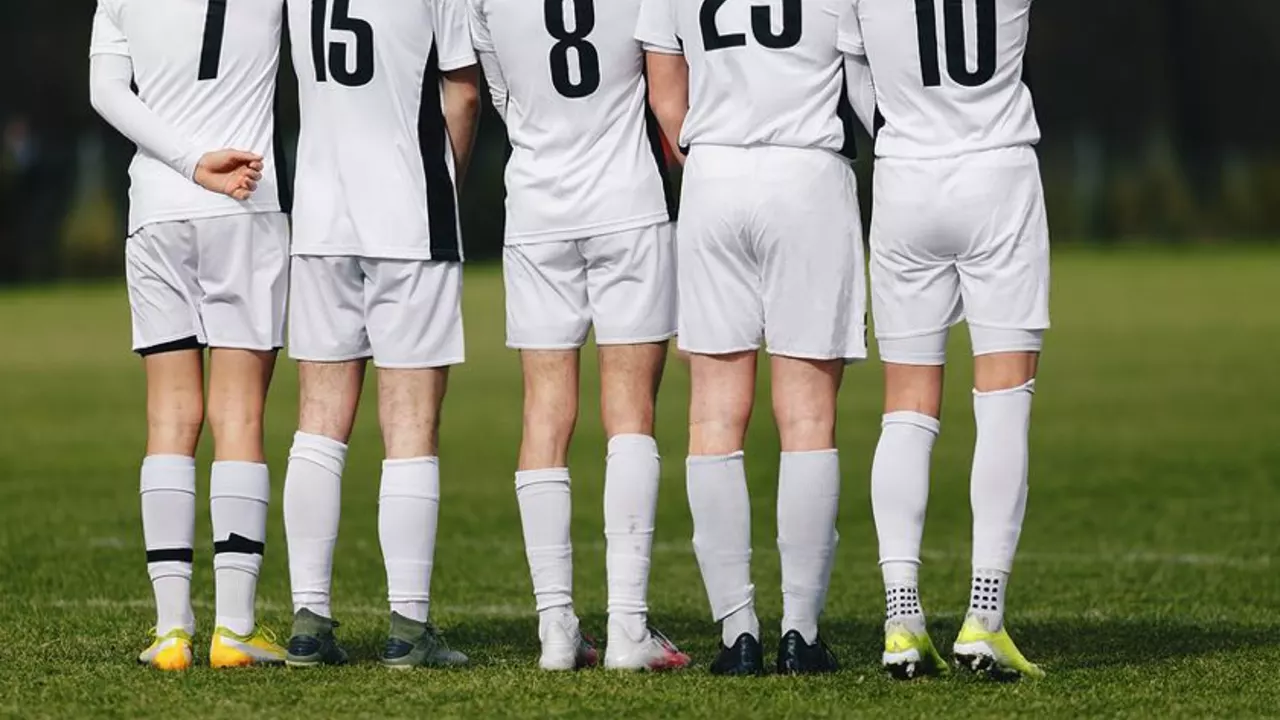Sports Analysis – Soccer Insights, Trends & Commentary
Welcome to the Sports Analysis hub at Hero Soccer Central. Here we break down the big questions that keep fans up at night, from jersey numbers that become legends to whole nations that just can’t seem to find their footing on the world stage. You'll find straightforward, no‑fluff explanations that you can use in a conversation, a blog post, or even a game night debate.
Why the Number 10 Is More Than a Shirt
Ever wonder why the best soccer players love the No 10? It’s not just a random digit; it’s a badge of creativity and leadership. Historically, the No 10 spot was given to the playmaker – the player who controls the tempo, creates chances, and often decides the outcome of games. Legends like Pelé, Maradona, and Messi turned that role into a symbol of pure football genius.
When a young talent dons the number, he’s instantly linked to that legacy. Fans expect flair, vision, and clutch moments. Coaches trust a No 10 to be the tactical hub, the one who connects defense to attack. Because of that expectation, the number attracts players who already have that creative spark, creating a self‑fulfilling cycle of greatness.
If you’re analyzing a match, keep an eye on the player wearing No 10. Their positioning, passing range, and decision‑making often set the tone for the whole team. A strong No 10 can lift a squad; a weak one can expose gaps in the midfield. That’s why the jersey carries so much weight on and off the pitch.
South Africa’s World Cup Struggles Explained
South Africa’s World Cup record reads “qualified twice, never past the group stage.” The reasons go deeper than just bad luck. First, the country lacks a strong professional league that can consistently develop elite talent. Without a high‑level domestic competition, players miss out on the daily intensity needed for international success.
Second, infrastructure and investment lag behind Europe or South America. Youth academies, training facilities, and scouting networks are under‑funded, meaning promising youngsters often don’t get the support they need to reach the top.
Coaching also plays a big part. Many South African coaches have limited exposure to the latest tactical trends, which can leave the national team out‑matched by opponents who train with cutting‑edge methods. Add to that the lingering effects of socio‑political issues that have historically disrupted sports development, and you have a perfect storm of challenges.
For anyone watching a Bafana Bafana match, look for signs of inexperience: slow ball circulation, defensive lapses, and a lack of tactical cohesion. Those are symptoms of the broader structural problems we just outlined.
At Hero Soccer Central, we aim to give you the tools to understand these stories quickly and clearly. Whether you’re a casual fan, a blogger, or a coach, the insights here are practical and ready to use. Keep checking back for more deep dives, because the beautiful game never stops evolving, and neither should our analysis.
Why do the best soccer players wear No. 10?
In my recent exploration, I've discovered that the best soccer players often wear No.10 due to tradition and symbolism. Historically, the No.10 was given to the playmaker or attacking midfielder, positions often filled by the team's most skillful and creative players. Over time, legends like Pele and Maradona further elevated the prestige of this number. Today, wearing the No.10 is seen as a badge of honor, symbolizing leadership, creativity and exceptional talent on the pitch. Therefore, the tradition continues, with top players often seeking to claim this iconic number.
Why does South Africa fail to perform in World Cup matches?
South Africa has failed to perform in the World Cup despite a long-standing soccer tradition in the country. The country has only qualified for the World Cup twice, in 1998 and 2002, and failed to make it past the group stage in both. The main reasons for this sub-par performance include lack of adequate infrastructure, poor coaching, and the country's long-standing racial issues. Poor investment in youth development, a lack of investment in player development, and the lack of a professional league have all contributed to South Africa's failure to perform in the World Cup.




